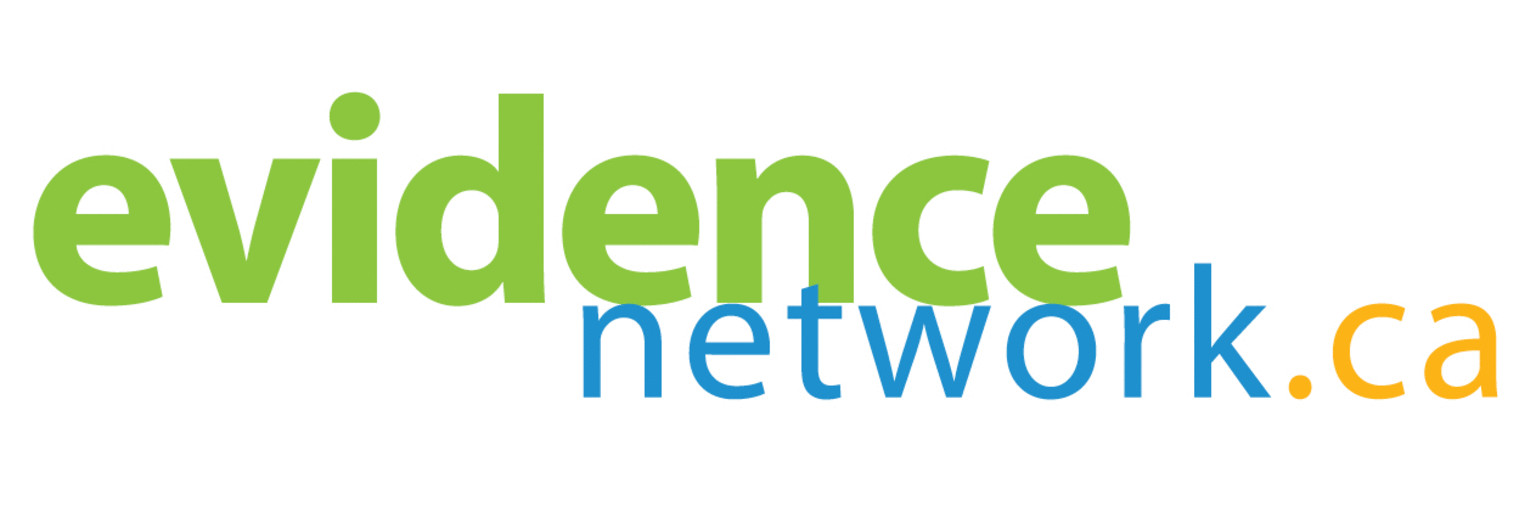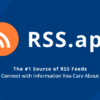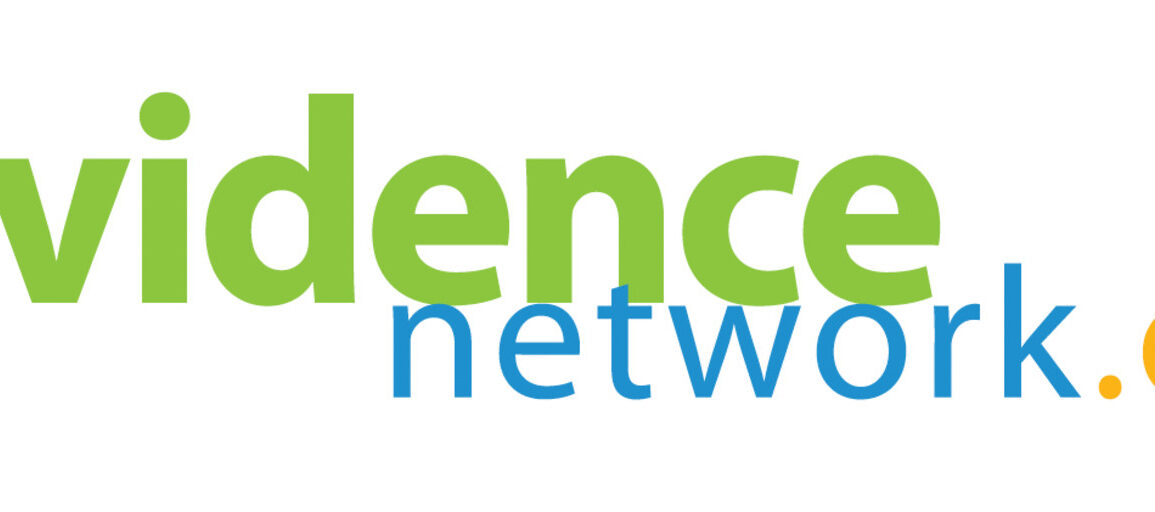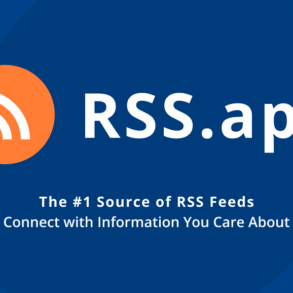
In 2021 4.2 billion of human beings, more than half of the world population, sailed on social networks. But what do we know about the impact of these digital networks on the mental health of young people?
The correlations between Use of social networks and mental health They are the subject of strong attention from the researchers, on the basis of an increasingly prolific scientific literature.
In several studies, a significant association has been found between massive use of social networks and psychological problems. These include anxiety, depressive symptoms, stress or, in milder cases, a simple reduction in subjective well -being and self -esteem.
Does the depression from Facebook really exist?
Due to a high coincidence between mood disorders and use of social networks, researchers identified a disorder called “Facebook depression”. Just as Margot Morgiève, clinical psychologist, reports, on the occasion of the inaugural day of the Congress of the French Pediatric Society (1-3 June 2022, Lille).
But studies on these problems lead to assume that the effects of social media on mental health are not so much linked to social networks themselves but to the distorted use we do.
The problematic use of social networks
There are three main types of distorted use of social networks.
Social comparison
The first is the one linked to social comparisonor to the spontaneous tendency of social beings to confront individuals who appear to be more attractive.
This leads many users to highlight and enhance the positive aspects of their life, presenting themselves as sure of themselves, balanced and satisfied.
But those who have the feeling of not being able to reach those standards of positivity can perceive themselves negatively, so as to diminish their self -esteem and encourage the onset of depressive symptoms.
Dependence on social networks
The second problem relating to social media is their propensity to promote dependence behaviorincluding the fear of getting lost some important news. With the trend therefore to promote news feeds, that is, the permanent update of a personalized news list.
The main symptoms of the development of a condition of dependence are represented by:
- tolerance: in people dependent on social networks there is a growing feeling of absolute necessity to remain connected, for an increasing period of time to achieve the same level of pleasure;
- abstinence: if the use of social networks is prohibited, people typically show signs of impatience, discomfort or irritability for the mere fact of not being able to access their social account;
- the conflict: virtual relational contacts become primary interest and compete with any other activity: hobbies, sports, study, work, etc.
To report a new phenomenon called “Fear of Missing Out” (Fomo), grown out of all proportion in the social era.
In practice it is the fear of “not being there”, of being cut out of events organized by friends if not connected to social media. With the consequence of creating further compulsion to be continuously connected to the net.
Replacement use
The “replacement” use is the following step to the previous one: it occurs when the time spent in the “online” environment is almost completely replaced by the one spent “offline”.
In this category of users, sometimes sensations of solitude for the awareness of the lack of intimate connections are reported.
The digital language of anguish
The first works that use artificial intelligence and automatic learning tend to show that there is also a “digital language of suffering”.
This does not only concern the themes, such as referring hatred for oneself or sensations of solitude, up to also self -harm fantasies, but also the structure of the language itself, characterized by a greater use of the pronoun “I” and the nouns and a reduced use of verbs. This expressive style can be related to a higher level of emotional difficulty.
According to some authors, the vaguebooking. This is defined as writing on social networks an intentionally vague message, not easy to interpret for those who read it. It is therefore made on purpose to invite readers to ask the author some other information.
This expressive form can communicate, with its allusive and “unspoken” style, an atmosphere of indefinite melancholy that often underlies a form of request for help in the face of depressive thoughts.
Likewise it is believed that there is also a visual language of anguish, such as the tendency to use the black and white filters on Instagram.
What risks and dangers expose the web to?
It is paradoxical like platforms born to facilitate sharing and connection between people can lead to the opposite effect.
The risks and dangers of digital environments are numerous. The explicit reference to suicide acts remains a rare eventuality, but everyone recalls the phenomenon, in 2015, of the so -called “Blue Whale Challenge”. A list of 50 challenges or “rules” that went from the most harmless to the most dramatic: the 50th was an explicit invitation to suicide.
But how can requests of this type be spread?
At the basis of everything there is the teenage tendency, typical of age, to conformism: concretely, to accept in an acrytic way what others propose and imitate what the other peers do.
The network gave a powerful Reinforcement to conformismbecause the spread of behavior quickly becomes a fashion that involves a large number of people, passing from the virtual world to the real one.
The most common online risk faced by teenagers is the Cyber bullyingdefined as a set of aggressive actions, of a single person or a group, made through electronic tools (SMS, photos, videos, emails, etc.), whose goal and to cause damage to a peer unable to defend itself.
Other dangers
Another pervasive danger is the sextingthat is, the sending, reception and/or transmission of photographs, messages, sexually explicit images, with potential fairly serious consequences.
These images, even if you originally send a small circle of people, can later spread in an uncontrollable way and create serious problems for the portrayed person.
Also noteworthy is the trolling phenomenon that consists in the publication of provocative content, with the consequence of triggering a conflict or causing anguish.
But can we find help on social networks instead?
Can the increase in “connection” also lead to positive effects for people who have psychological problems?
The feeling of being connected to something significant outside of itself, in reality it also determines many advantages. By strengthening the feeling of social belonging, it promotes subjective well -being and improves the quality of life.
If we take the example of Facebook and its “birthday” function, it has been shown that the greater the number of Facebook friends, the more individuals are perceived as connected to a community.
It is also likely that many young people turn to the digital environment for a search for help, sharing their experiences with others or looking for medical and psychological information.
Access to care
In this way, social networks can encourage access to care, an element of this of great importance in particular in the field of mental health in adolescent age, where two types of barriers usually meet:
- structural: the services in charge are often too expensive, difficult to reach and require long expectations;
- Personal: in this context, various mechanisms are structured, for example the phenomenon of the denial of the need for help for an incorrect feeling of self -sufficiency, or on the contrary the feeling of the impossibility of being helped, the fear of worrying their loved ones, shame for one’s condition and therefore the suspicion of being subject to stigmatization, etc.
THE social network They allow you to overcome some of these obstacles in search of help thanks to their spatial omnidistability that allows you to make up for territorial mobility problems or disparities, and guarantees discretion and freedom of use by reducing inhibitions.
If life ‘offline’ is silent (young people usually do not speak of their melancholy thoughts), ‘online’ life can help overcome certain inhibitions by offering tools To communicate, relate and share experiences.
The web therefore offers new possibilities to teenagers to express themselves and also health professionals must adapt to familiarizing with the digital world to intercept this growing demand for help, offering innovative communication and support channels.
Bibliography
- Congrès des sociétés françaises de pédiatrie (SFP, 1-3 Juin 2022, Lille)
- Woods, HC and Scott, H. (2016). Social Media Use in Adolescence is Associated with Poor Sleep Quality, Anxiety, Depression and Low Self-Esteem. Journal of teenascence, 51, pp. 41-49
- KROSS E, Verduyn P, Demiralp and et al, Facebook Use Predicts Decline in Subjective Well-Boing in Young Adults. Plos One; August 2013 | Volume 8 | Issue 8 | E69841
- Lamblin M, Murowski C, Whittle S, provided A. Social Connectedness, Mental Health and the teenascent brain. Biobehav Rev. 2017 SEP neurosci; 80: 57-68.
This post was originally published on this site be sure to check out more of their content








